There are a group of rocks near Detmold that a friend showed me one wet and miserable day. (thank you Jon!)
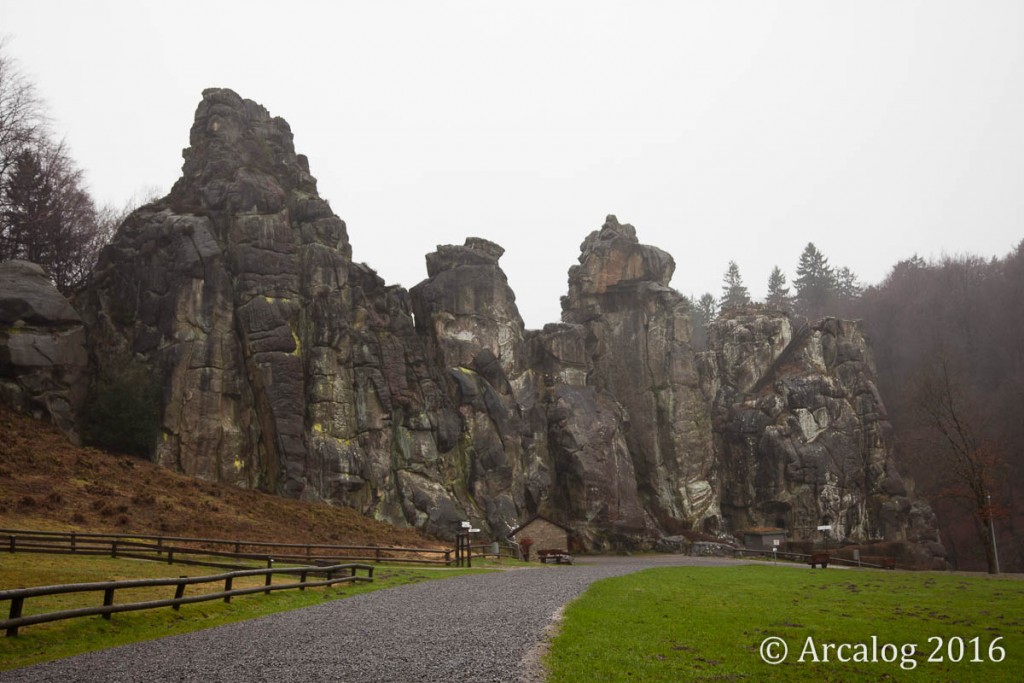
There is some evidence that it was an ancient cultic site. There is apparently a hole cut in the rock at the top of one of the pillars that aligns with the sun during the solstice. The sun may have shone through this hole into a darkened chamber of some kind. One can see something similar to this at Casesarea Maritima where a hole was cut in the ceiling of an underground vaulted chamber so that the sun shone into the chamber and lit up a small altar during the summer solstice. The chamber was used by devotees of Mithras, an eastern cult that was very popular in the Roman world in the 2nd and 3rd centuries AD.
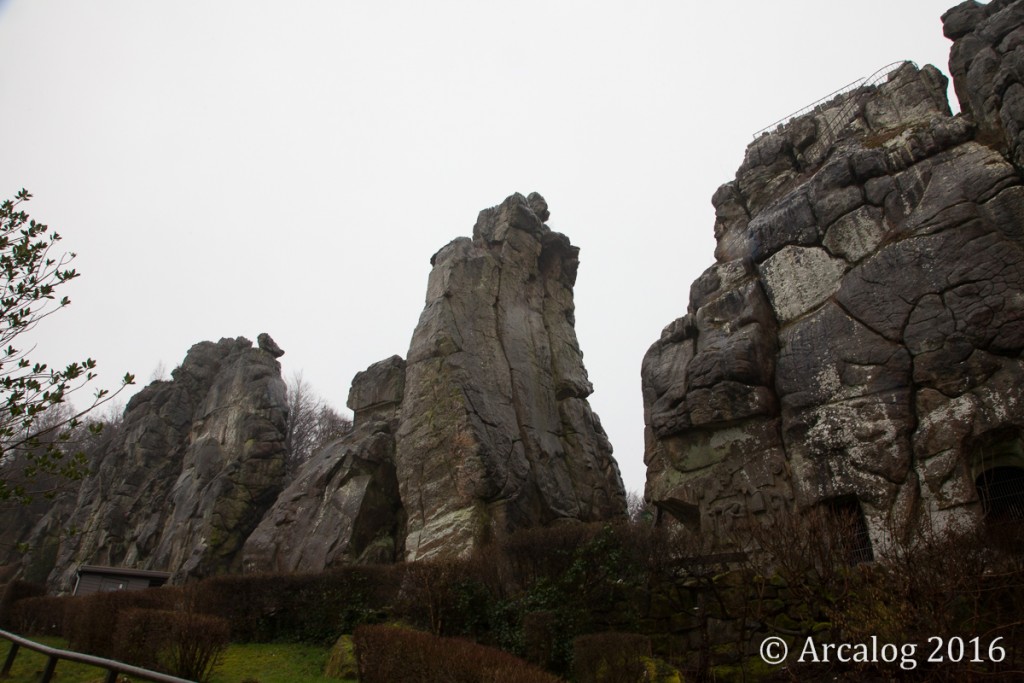
There are also tombs in the area although I am not sure how old they are.
It looks like the top of the tomb chamber was used as a podium of some kind.
The most interesting thing about these pillars is the relief carved into the rock face that to dates the middle ages.
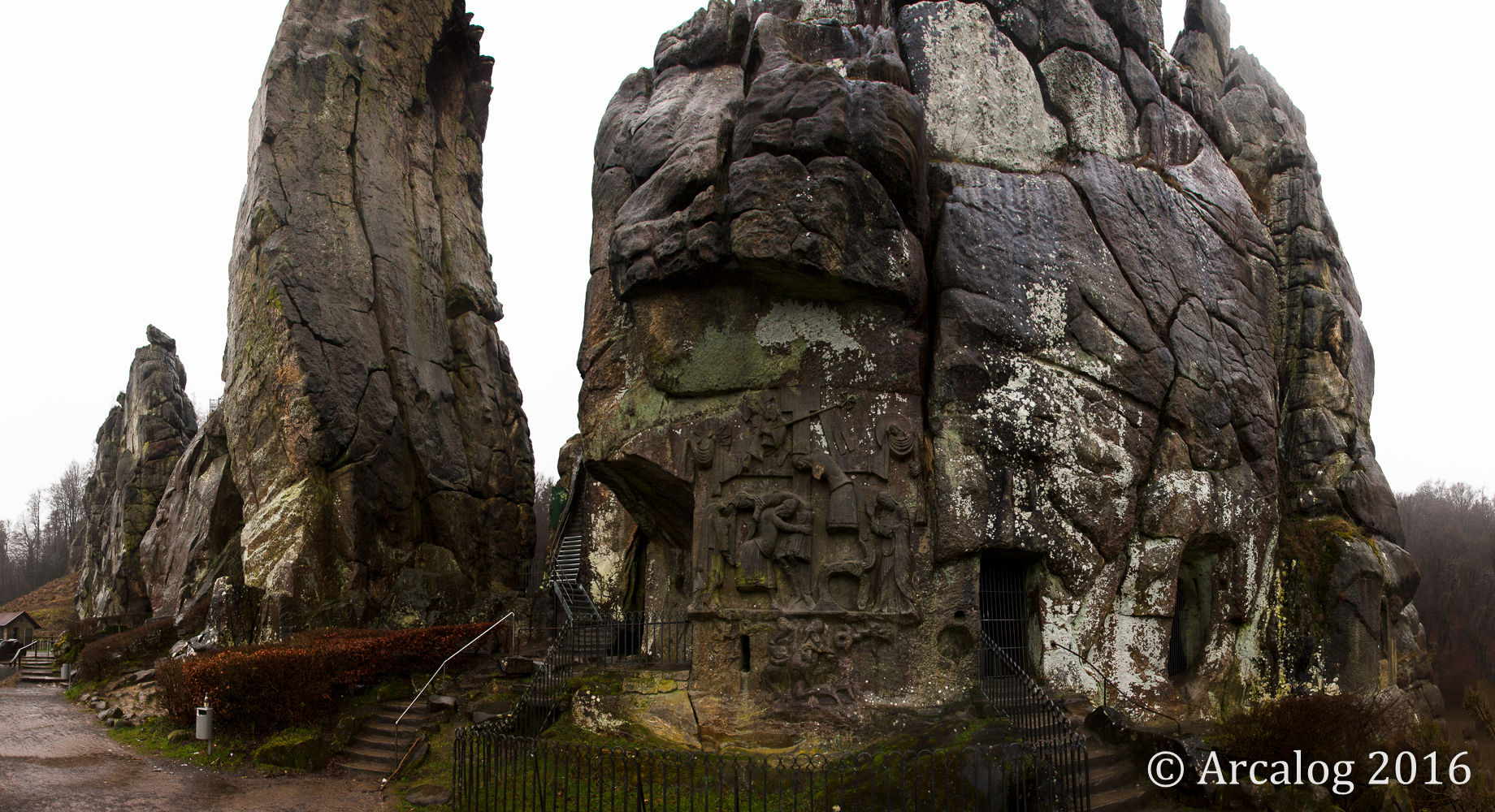
The iconography follows a common theme in the religious art of the period. The middle panel shows Christ being taken down from the cross by his disciples. Their heads are bowed in mourning The upper panel shows Christ triumphant, holding a banner. The lower panel shows death and the ancient serpent, Leviathan, defeated at the cross.
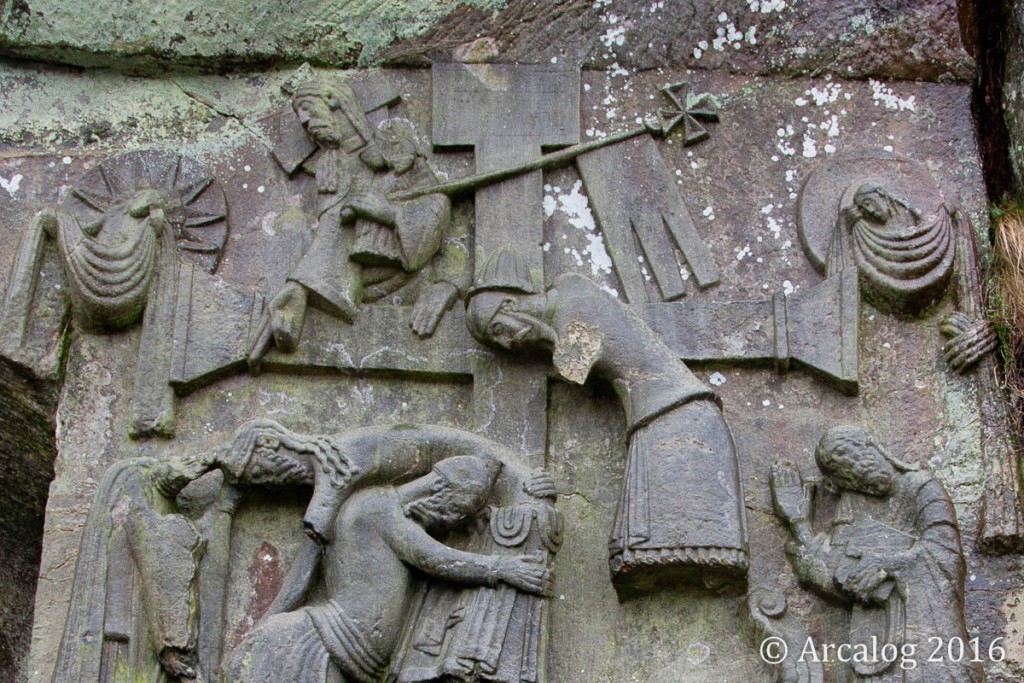
One of Jesus’ disciples is standing on a tree that is bent over under the weight.

The museum description says that the followers of Christ are standing on a chair and that nothing more is intended by the symbolism here. But this is quite clearly not the case. it is a tree and not a chair! Here are the reasons I think so:
- You can see the curling acanthus leaves that are a universal symbol of growing things in classical architecture.
- And you can see the trunk firmly rooted to the earth.
- If you straitened the trunk you would have a perfectly symmetrical pillar.
- The tree seems to be associated spatially with the serpent depicted directly below it.
It has been suggested that this is an ancient depiction of the Irminsul, a Saxon cultic pillar. The relief places the cross next to the Irminsul to make a statement.
This site has an interesting history in the modern era as well. The Nazis turned Externsteine into a national monument and used the meager archaeological evidence to invent a history of the place. It is interesting that the Nazi’s were so keen to promote pagan historical sites in Germany.
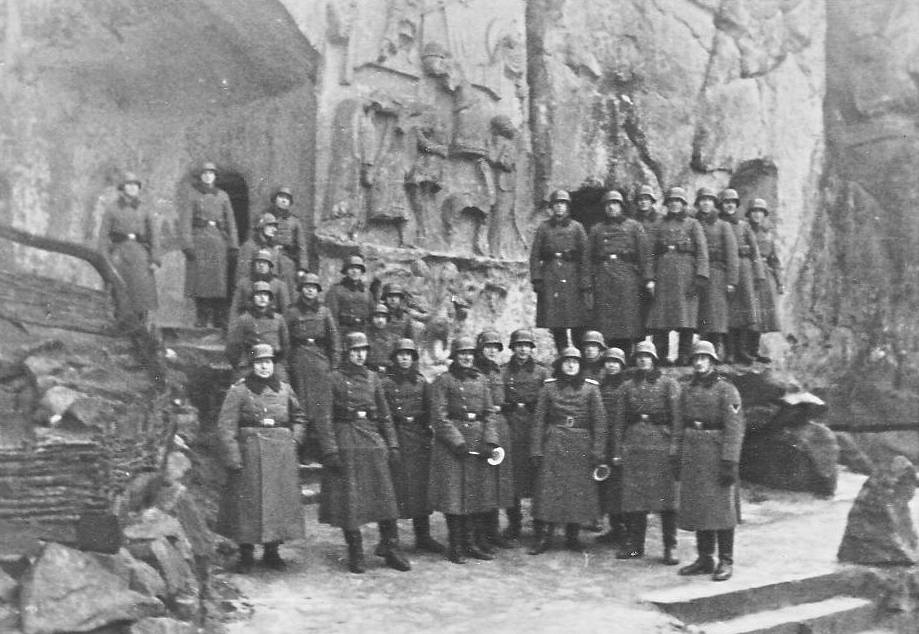
Neo-pagans come here each year to celebrate Walpurgis night.

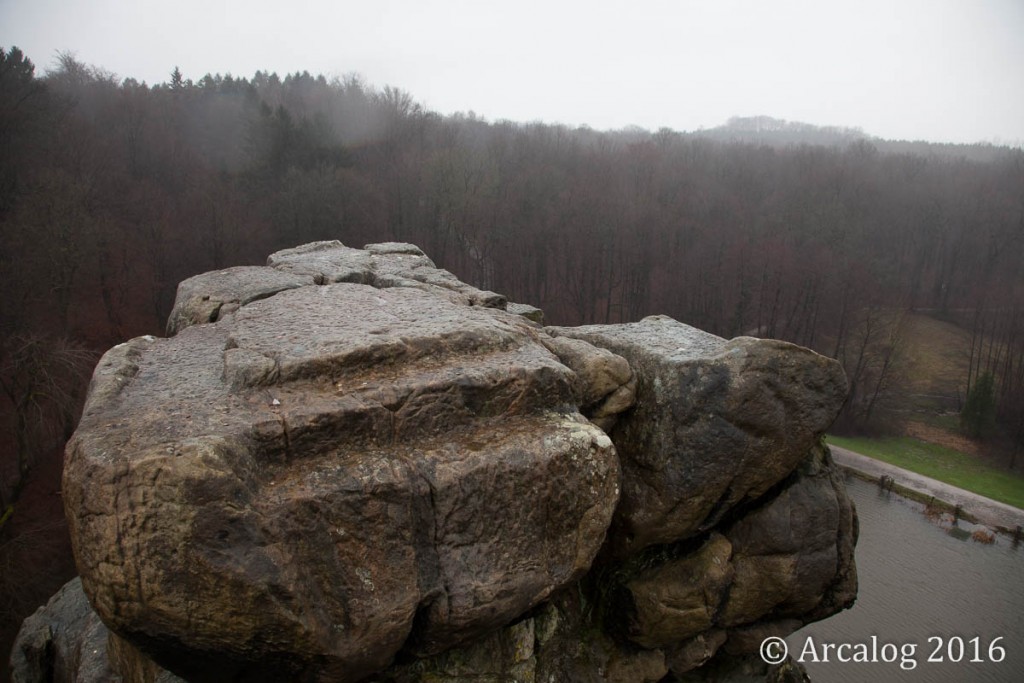
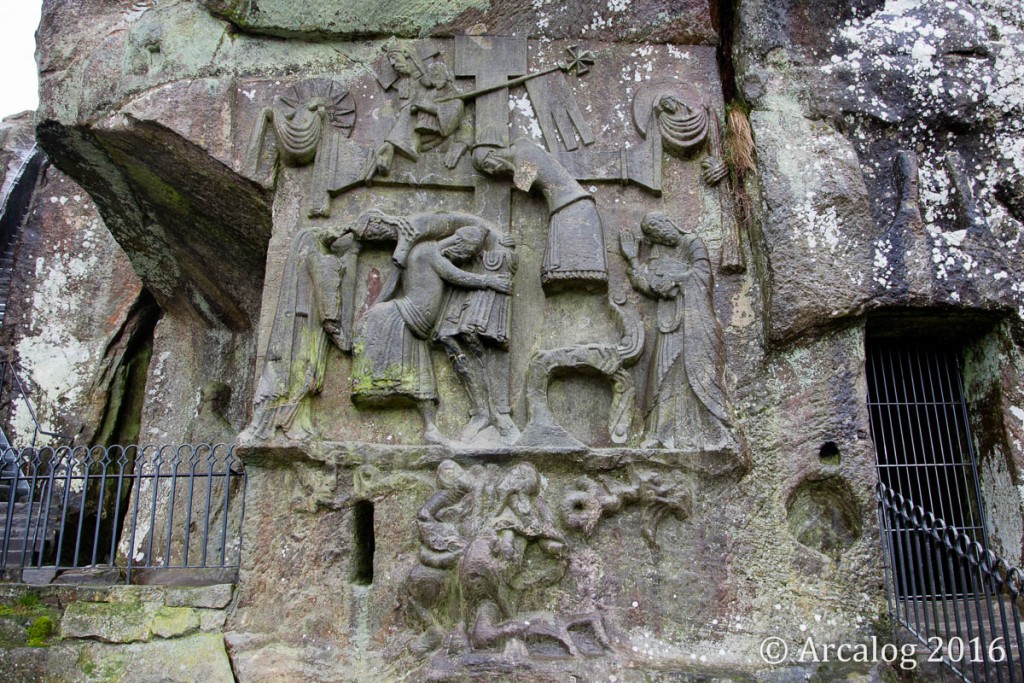
This was a good read, thans!